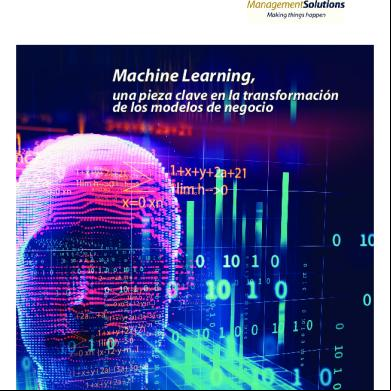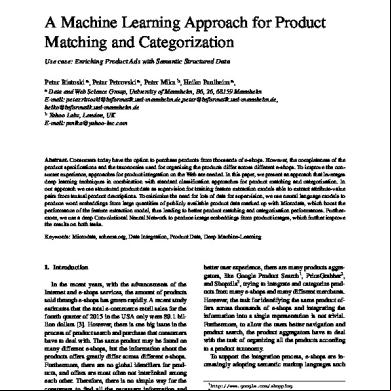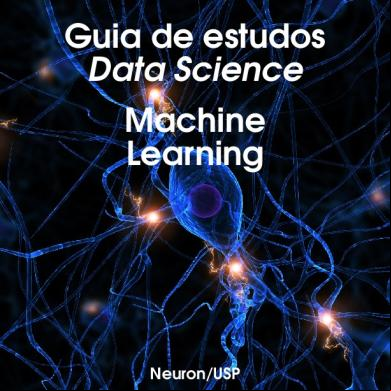Research Proposal Machine Learning 5f3i6f
This document was ed by and they confirmed that they have the permission to share it. If you are author or own the copyright of this book, please report to us by using this report form. Report 3b7i
Overview 3e4r5l
& View Research Proposal Machine Learning as PDF for free.
More details w3441
- Words: 589
- Pages: 1
STATEMENT OF PUPROSE I have extensively been involved in modeling and simulation of physical systems since my M.Sc in Physics. I completed my M.Sc. at Department of Physics, Government College University, Lahore, Pakistan with distinction as I stood second in my university with CGPA 3.88/4.0. After my M.Sc. being an active member of a team for the development of full scope training simulation for Chashma Power Plant, my responsibility was to simulate the I&C systems. The project gave me insight of actual large scale systems where large number of variables give rise to an emergent behavior and their mutual relationship along with their relevant significance to some behavior is very difficult to ascertain. Such behavior is found everywhere in nature particularly in biological systems. During my MS Computational Science and Engineering, I opted for the modeling of a biological signaling pathway using Petri net theory in my MS research project. In this study, I used Pathway Logic to identify cross talk within insulin signaling pathway and Petri net tools to determine the structural and dynamic properties of this pathway. I presented a part of this study as research paper entitled “Identification of cross talk in insulin signaling pathway using Pathway Logic” in IEEE ICET-2013 conference. This paper is available online on IEEE explore. The advanced knowledge of mathematics, MS degree in computer science with focus on modeling of biological systems and practical experience in simulation provide the requisite skills for doctoral research. The field is in infancy in Pakistan; therefore, I want to promote its usage to find the solutions to real problems of bioinformatics. Biological systems are highly complex and sophisticated approaches are required to model these systems. It is getting easier and cheaper to have immense amount of information in the form of variables from an experiment. This has happened with the advances in technology, which has generated massive amount of data in all fields of sciences, especially in Bioinformatics. For instance, measuring gene expression and next generation sequencing in bioinformatics has witnessed the shift from less or more univariate approaches to multivariate approaches, as the use of multivariate approaches is natural. The availability of huge amount of variables for a given sample has raised the problem called dimensionality problem, which is typical for many fields of science. Specifically this is also known as “large p small n problem” i.e. many variables and few samples, which results in multi-co-linearity and over-fitting. Several approaches have been introduced to address this issue, and partial least squares (PLS) is one of them. PLS has proven to be a very versatile method for multivariate data analysis and the number of applications is steadily increasing. It is a supervised method specifically developed to address the problem of making good predictions and data reductions in multivariate problems. Although, it has also been modified and implemented for classification problem in high dimensional biological data sets but the classification performance is not satisfactory. The challenge is to develop the classification tools that can model the biological systems having multivariate data sets. Machine learning tools like vector machines (SVM), Random Forest, etc. are appeared successful for the small or moderate amount of data sets. For multivariate data sets, the solution can be achieved by working over the hybrid approaches based on PLS and machine learning classifiers like SVM, Random forest and so on. Hence, we can possibly merge the qualities of PLS i.e. dimension reduction and machine learning classification tools i.e. superb classification performance for the classification of high dimensional biological data sets. Azmat Ali





